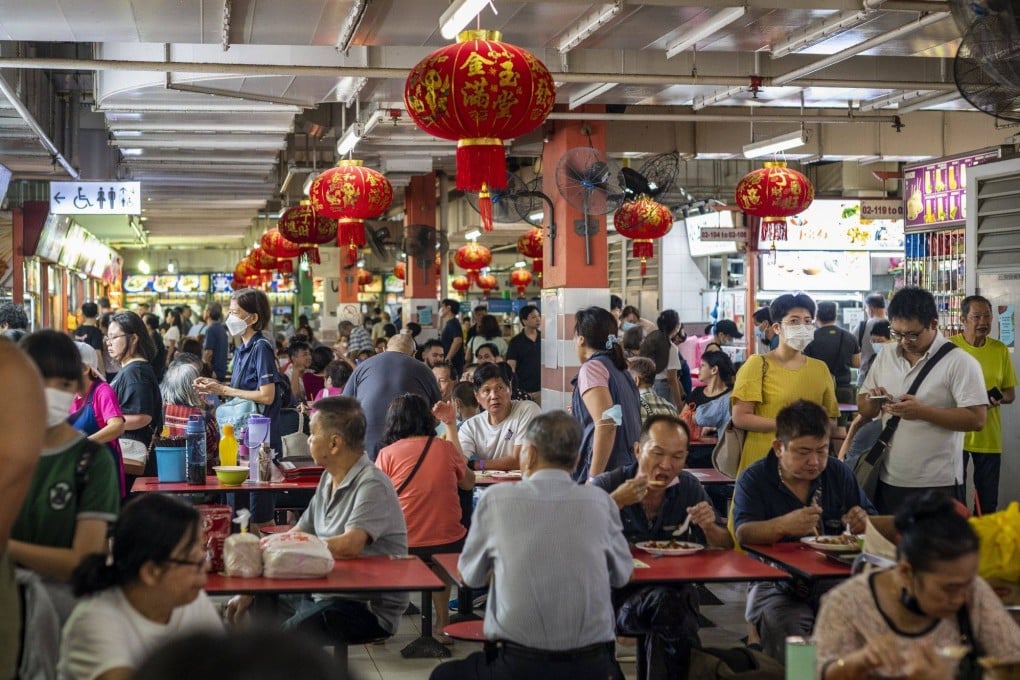Singapore gripes as hawker stall Michelin nods bring long waits, quality drops: ‘I just never wanted to go back again’
- While Michelin ratings can benefit hawker businesses, many regulars are feeling the negative effects, including longer queues and falling standards
- Locals report no longer eating at places that made the list, which some say can mislead foreign diners who may not be familiar with Singaporean fare

Chew KH is 71 and has lived in the same neighbourhood for more than four decades. It’s been years since she last stopped by the Michelin-rated hawker stall that sits just a few blocks from her home.
White carrot cake is a savoury dish made with rice flour and white radish that’s steamed, cut into chunks, and then fried with garlic, eggs, and preserved radish that’s known as chai poh.
Chew, who prefers to be known by her initials, started patronising the hawker stall back when the current owners’ parents were still operating the outlet. Long queues were not unusual, she said, but they used to require only about 10 to 15 minutes of waiting in the mornings – before the eatery won a Michelin Bib Gourmand in 2016.

“The wait times have definitely gotten longer with the award,” she said. “Now, they will tell you when you order that the queue is at least 30 minutes long and you will just be sitting there doing nothing.”
While Michelin ratings can benefit hawker businesses, many locals – like Chew – are feeling the negative effects, including longer queues and falling standards.
